THE DAY OF THE GEESE – SPAIN
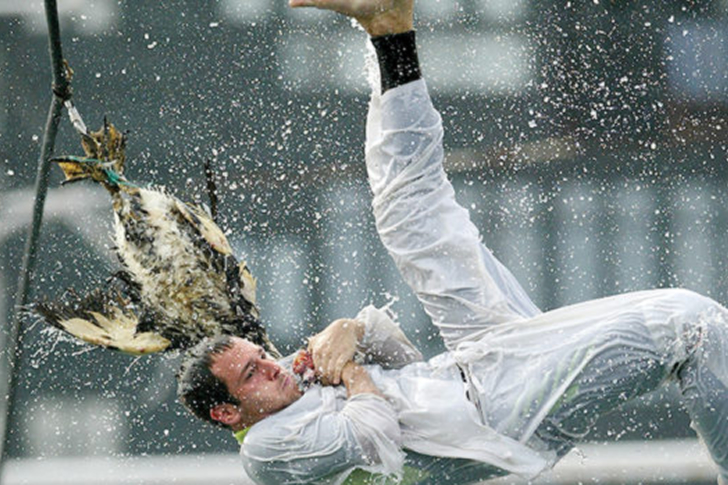
Antzar Eguna, or “The Day of the Geese” is a well-known part of the San Antolin festival in the fishing town of Lekeitio, Spain. On this occasion, young men attempt to jump off their boats to grab a greased carcass of a goose with the goal of ripping off its head.
This custom is a test of strength, endurance, and agility for these young men, proving that they’re capable of taking care of the woman they want to marry. However, nowadays, the price is just to keep the goose.
It’s a dangerous practice to a certain degree but safety precautions are made to protect the participants and make sure that they land on the water whenever they attempt to jump.
LOTUS FEET – CHINA
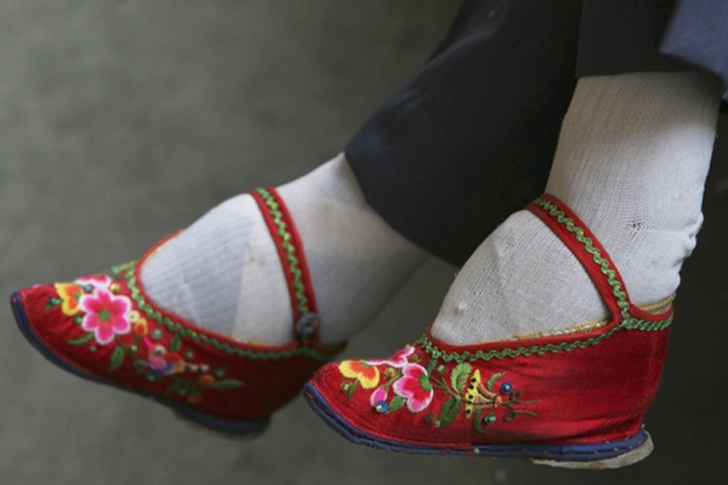
For almost a thousand years, the Chinese held the standard of beauty that forces young girls to have and maintain small feet through the painful process of foot-binding. The practice is done to girls as young as four to nine when the arch of the foot hasn’t developed fully yet. They then curl the toes under to squeeze it against the sole until it breaks. The feet are then bound with tight bandages.
It was said that small feet led to more advantageous marriages for women. However, with the avenue of more accessible education and more women pursuing a degree, the custom has since died out.
SNAKE WORSHIP – INDIA
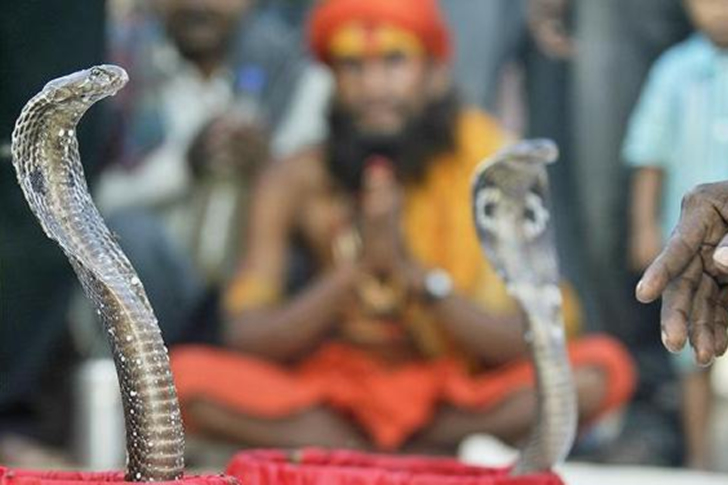
If you have ophidiophobia, you might want to avoid the Naga Panchami festival of India. The festival is all about worshipping snakes, or rather the worship of the Naga, a serpent deity.
During the festival, believers gather and dance while carrying pots with snakes as they join the procession to the temple. After prayers, the snakes are offered with milk, sweets, flowers, and even sacrifices. Prayers include prayers of gratitude and protection against the evils of life – maybe even including asking for help for their personal investment, who knows?
Although some of the snakes they bring to this festival are venomous, like cobras, snake bites are almost unheard of.
BURIAL RITUAL – BRAZIL AND VENEZUELA
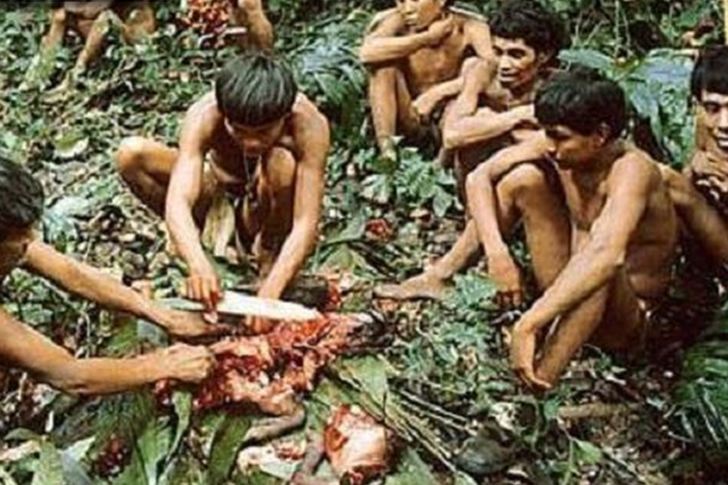
In Brazil and Venezuela, the tribe of the Yanomami people has a different way of honoring their dead.
When a person dies, his or her body is burnt. The Yanomami people do not believe death to be a natural occurrence, instead, they believe that it is caused by a rival tribe’s shaman who sent an evil spirit to strike a member of the tribe. To help them reach peace, the ashes and bones of the deceased’s body are mixed into a soup that the attendees will drink.
With this, their deceased can find peace and they find the same to a certain degree.
PIERCING – INDIA
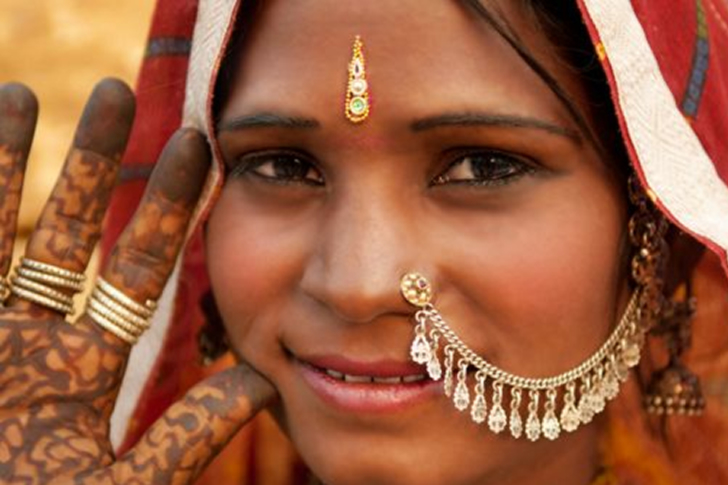
Body modifications have been a part of human history since its conception. This includes tattoos and piercings, and despite its shoddy reputation, both have been largely accepted by the general public.
However, the people of India bring it to the next level with their ritual, Hindu Thaipusam Piercings. It is a ritual within Hindus showing their devotion to their gods by piercing their body parts, like skewers through their cheeks or sharp hooks embedded on their backs.
Pilgrims claim that they feel no pain during the process, even with 48 hooks in their back, but either way, let’s hope they have good insurance covering injuries.
MUDRAS – HINDI AND BUDDHIST COUNTRIES
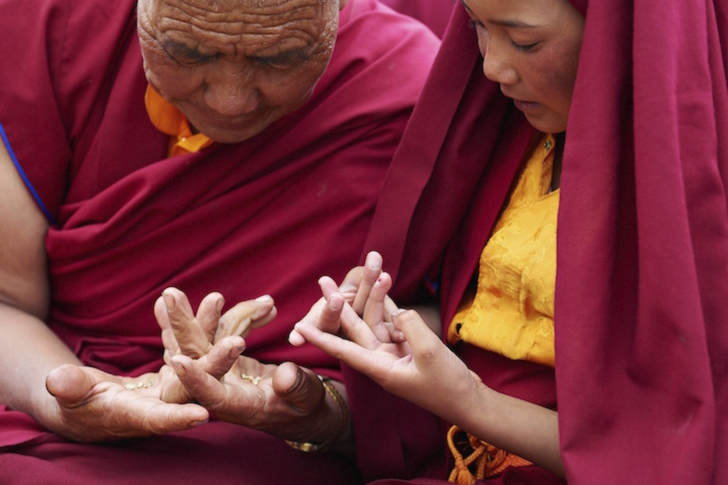
Mudras are seals, gestures, or marks that are practiced among Hindus and Buddhists. It comes from a Sanskrit word that means “symbolic hand gesture” that produces joy and happiness. It’s said to help guide energy flow within the body to create a better overall life experience.
Mudras have been integrated into yoga. It’s given credit for balancing one’s energy and creating impact to heal and strengthen certain organs in the body. They are done with breathing to increase the flow of Prana in the body as well. There are different types of mudras, including Gyan Mudra, Vayu Mudra, and Prana Mudra.
BAYANIHAN – PHILIPPINES
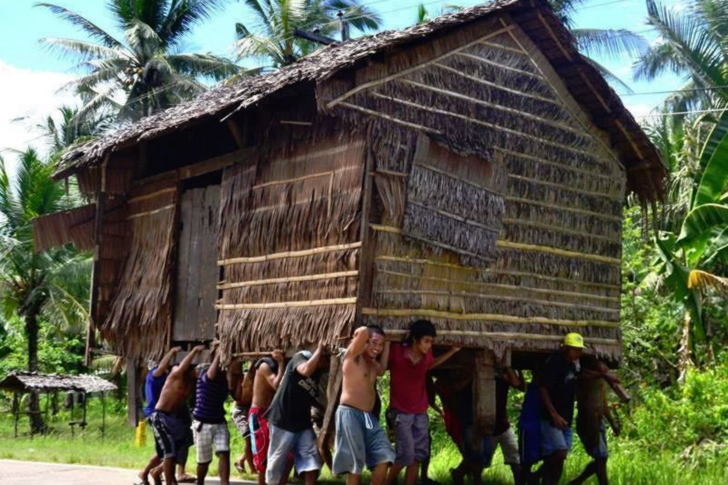
Bayanihan can be loosely translated to community work but is actually a custom that involves a group of people, mostly one’s neighbors, moving an entire home to a new location. The home referred to is a traditional Filipino hut that can be uprooted and carried by many people to a new location.
It’s usually done when there are predicted floods or possible landslides in the house’s original location. This custom is said to be done willingly and is due to the people’s sense of community. Imagine how much you can save if you can just uproot your house and all your belongings like this. You won’t even have to call the moving company.
DANCING WITH THE DEAD – MADAGASCAR
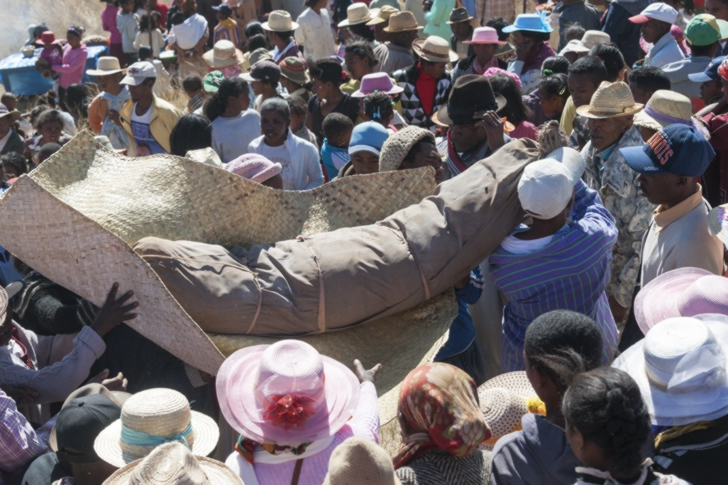
Famadihana or also known as dancing with the dead or the turning of the bones is a funeral tradition followed by the Malagasy tribe in Madagascar wherein people literally dance with their dead as part of their custom.
This is done every seven years. The family brings forth the bodies of their ancestors, rewrap them in fresh cloth, and rewrite their names on the cloth before carrying the body over their heads and dancing. It’s their way of letting the dead take part in their lives.
However, the practice has been on the decline due. The credit to this decline can be given to the health issues the process brings.
LOVE OVER COAL – CHINA
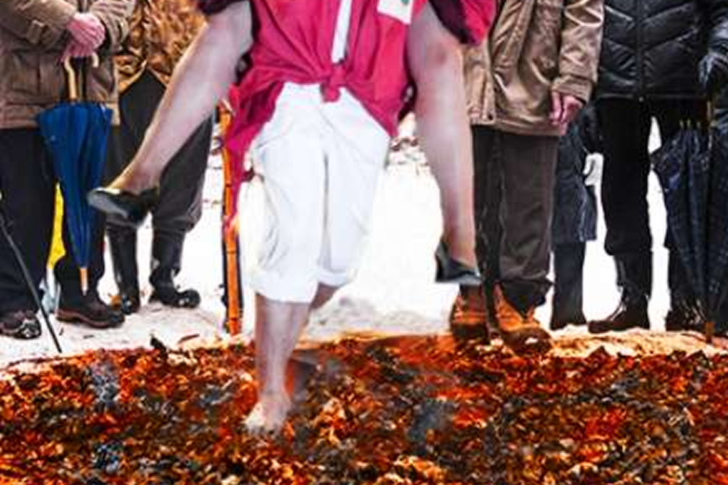
Talk about the test of true love!
In China, it is believed that if the husband carries his pregnant wife over burning coal with his bare feet, she’d have an easy childbirth. Records of this practice have existed for several thousand years.
In China, it’s done by the man while carrying his pregnant wife on his back. He’ll then walk (or run) through a path of burning coals. In a way, it’s his participation and sacrifice to give in return for his wife’s impending suffering under child labor.
Let’s just hope they both have good insurance to cover any possible injuries.

